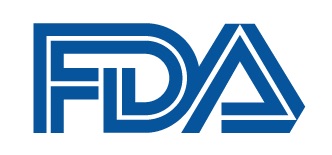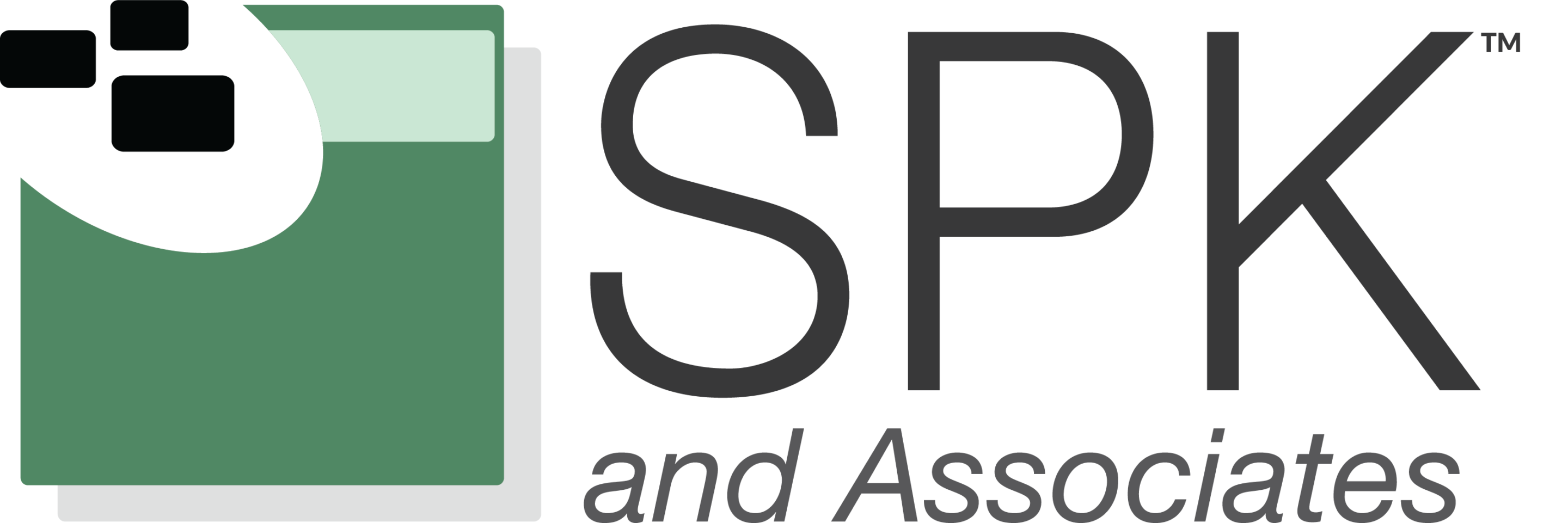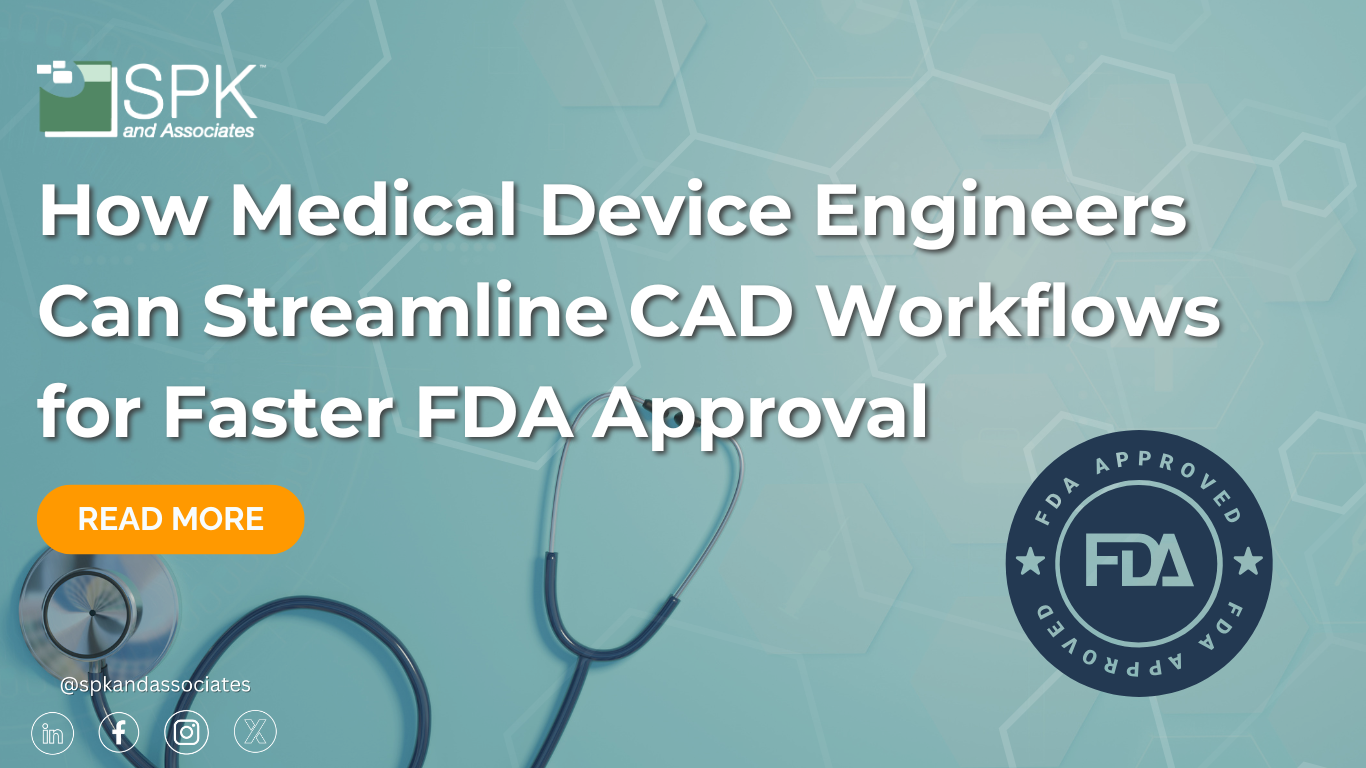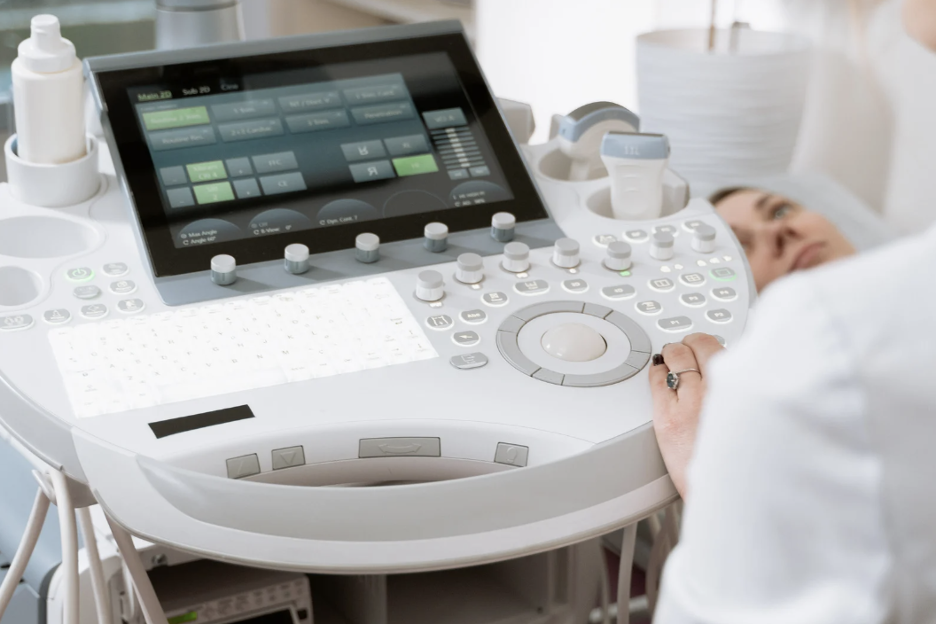Balancing speed and compliance in medical device engineering can be challenging. Engineers face tight deadlines and detailed requirements to bring life-saving products to market. Your CAD workflows should aid in the path to compliance and accelerate FDA approval. As experts in engineering process optimization and a trusted MSP, SPK and Associates can help you achieve this. Let’s learn more about how we help medical device designers streamline CAD workflows, ensuring faster, smoother submissions to the FDA.
Understanding FDA Design Controls (21 CFR 820.30)
To understand the value of CAD optimization, it’s important to start with the FDA’s expectations. Under 21 CFR 820.30, Design Controls are required for most Class II and Class III medical devices. In some cases, Class I devices may also require them. This regulation outlines a structured approach that ensures medical device design inputs and outputs are documented. They must be verified and validated through formal design reviews. Additionally, engineers must maintain a documented design history file (DHF) for every device. Overall, the regulation ensures traceability. CAD workflows for medical devices must therefore support version control and robust approval processes. Without optimized processes, these requirements can slow down product development.

Medical Device CAD Optimization for FDA Compliance
At SPK and Associates, we’ve worked with leading medical device manufacturing companies to implement efficient CAD strategies for medical engineers. For example, some of our engineers developed a workflow in SolidWorks PDM where users can’t progress through the release process without entering an ECO (Engineering Change Order) number. This number creates a reliable link between design files in their PDM system and separate QMS or PLM systems. While the FDA does not explicitly require ECO numbers, tying a number to each design change ensures engineers are working with the most up-to-date version. In addition to this, it helps with traceability. Having an ECO number strengthens your documentation and simplifies audits.
CAD Best Practices for FDA Compliance
When working with SPK, clients benefit from CAD best practices designed to optimize workflows that support compliance and streamline development. Our engineers ensure your team implements proper version and revision control. With the proper tooling, engineering teams can easily track every file change with associated metadata. This includes who made the change, what was changed, when it occurred, and why. This practice ensures full visibility into product evolution and significantly enhances audit readiness. We also encourage teams to implement released iteration locking. This practice helps protect production-ready files from unauthorized changes. For example, once a catheter design has been released, users, (except for designated administrators) are unable to check out or modify the file. This preserves its integrity and prevents confusing post-production changes.

As mentioned previously, SPK has experience implementing prompts within the workflow. These prompts ensure engineers include an ECO or ECR (Engineering Change Request) number whenever a change is made. These mandatory fields help formally document every modification to enforce consistency and traceability. Practices like these play a critical role in digital validation and are often valued by the FDA during device approval.
FDA Compliance in CAD Design with SPK
Whether you’re using a PDM, PLM, or QMS system, SPK specializes in making these tools work together. While commonly used systems like Creo and Windchill integrate easily as they are both PTC products, however SolidWorks PDM and Windchill don’t natively communicate. SPK can enable custom integrations between these systems. This ability sets us apart from other MSPs who may not be able to provide this level of traceability. Building bridges between disconnected platforms enforces version control by ensuring design data and quality processes are linked. This helps create a comprehensive view of product development and compliance. Whether it’s requiring a version number before releasing a design or preventing edits to locked iterations, these details add up to major time savings and tighter compliance.


Reduce FDA Approval Time with CAD Optimization
Streamlining medical device approval is all about eliminating inefficiencies. With the right workflows in place, your team can simplify design control documentation and accelerate product delivery. SPK and Associates is here to help you manage medical device design and FDA regulations. From CAD workflow customization and system integration to training and managed services, we make it easier for engineers to focus on innovation. Let us handle the complexity of compliance by ensuring you have the best CAD software for medical device engineering. Optimize your medical device workflows with SPK today.








